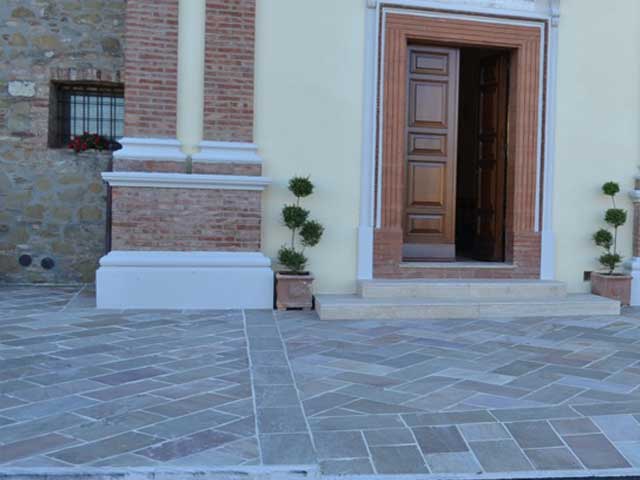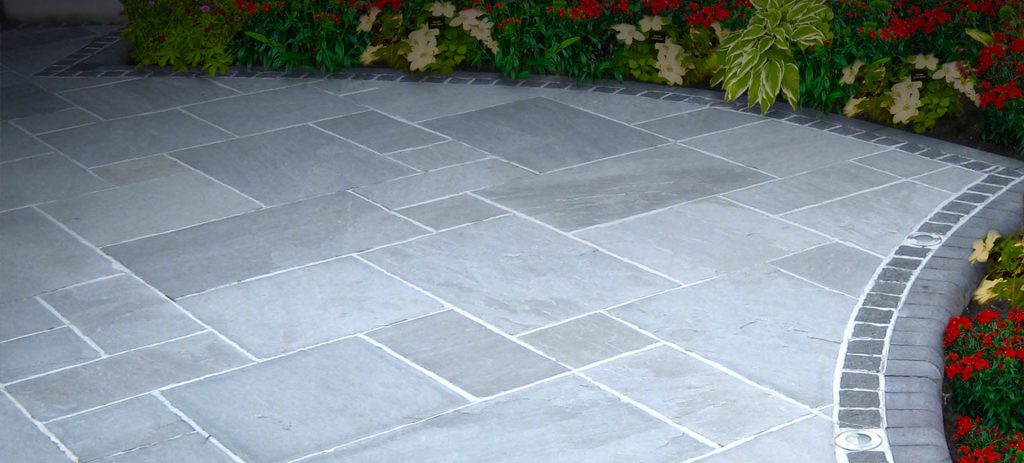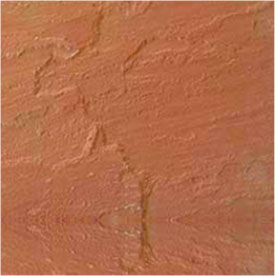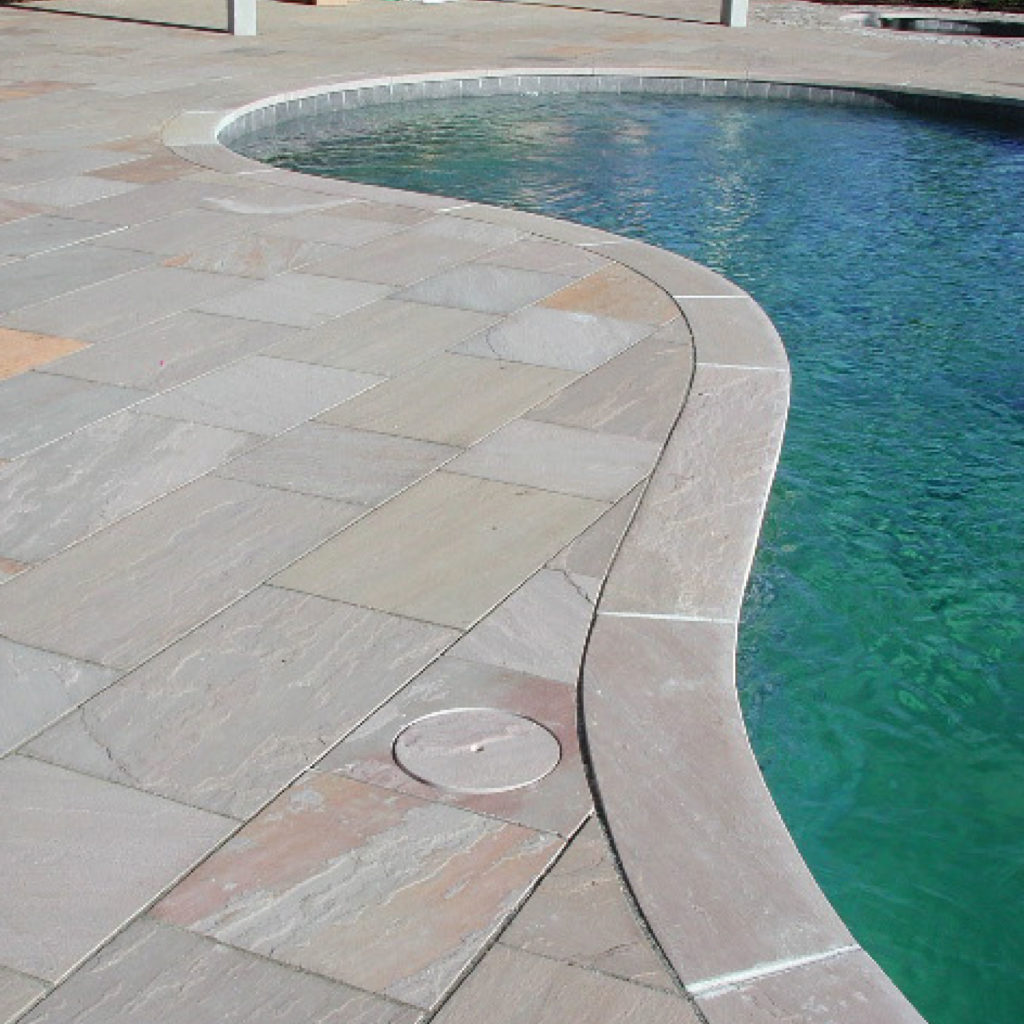Everything You Need To Know About Sandstone Tiles
July 12, 2022 AdminIn most cases, people choose to renovate their homes to give them a newer look to their abode. With a wide range of building materials available to choose from, it may seem an easy job. But in actual, there are hundreds of factors that go into choosing the right material. This is also important as it helps the architects and homeowners in lending that desired visual and functional appeal to the project. Sandstone tiles are one of the most commonly used materials in both residential and commercial construction.

What are sandstone tiles?
When it comes to flooring, sandstone is an obvious choice. Since it is formed of sandstone, its hues are akin to beach and desert sand, ranging from brown and tan to gold and red. A large number of architects prefer this type of tile because of its endurance, especially in high-traffic areas.

Popular applications of sandstone tiles
Sandstone is more permeable than other natural stones such as granite, despite its durability. Sandstone absorbs approximately the same amount of water as marble. Even so, it is a popular tile for both indoors and outdoors, providing warmth to any room or outdoor environment. Sandstone works well in living areas, seldom used bathrooms, kitchens, and corridors. Sandstone can be used almost anywhere. Furthermore, Sandstone is an excellent wall tile option for any area in your home.
Merits and Demerits of Sandstone Tiles
Sandstone tiles has both advantages and disadvantages. So, let’s get to know them.
Benefits of Sandstone Tiles
It’s stunning – Something about natural stone enhances the atmosphere of the home. Stone, unlike artificial flooring, has movement and individuality. Each stone is unique in its own right, and no two tiles are similar.
It’s long-lasting – Sandstone is as hard as a rock as it is mined from a mountain. Though it lacks the hardness levels of granite and slate, this may be a beneficial thing. You don’t want to walk about all day on excessively hard surfaces, especially barefoot. However, it is long-lasting and may survive for decades if properly cared for.
It is environmentally friendly – If you’re concerned about utilizing environmentally friendly materials, sandstone is a good choice. It is a natural substance that biodegrades over time (albeit it takes some time), unlike vinyl and other plastic-based products.
The broken Sandstone tiles are extremely simple to replace. Although sandstone tiles are resilient and less prone to fracture or break, if one does, it is simple to replace. Make sure you have some additional tiles on hand just in case.
Disadvantages of Sandstone Tiles
It absorbs moisture – Sandstone, unlike granite, is a porous substance. This increases the likelihood of staining, muld damage, and micro-bacteria absorption. Warping is also conceivable. If you’re concerned, apply a sealer while installing the sandstone. This is especially useful in kitchens and bathrooms where there will be a lot of water. Bathrooms may require sealing every three to six months. If you have any doubts about whether you should seal the floor, contact the manufacturer.
It is capable of scratching – Because sandstone is a soft rock in comparison to other rocks, it may scrape and dent over time from things like claws, chairs, high heels, and anything that falls on the floor.
It can be slippery – The amount of slipping depends on the floor’s finish. When the floor is damp, polished sandstone increases the likelihood of sliding.
It leaves a stain – Any spills on sandstone should be cleaned up straight away. This is especially true for darkly colored spills like red wine, grape juice, and anything containing food dyes. If you don’t clean it up quickly away, the stone may become permanently stained.
It ages and weathers – Sandstone tiles won’t appear the same in 10 years as they were earlier. This is due to the stone’s suppleness, which causes it to vary with time. Though some consider this a disadvantage, others enjoy the personality that the stone develops as it ages. It is entirely up to you to decide whether this is a positive or a con.
It comes in fewer color – The colors you may pick, like with any natural substance, are determined by the hues found in nature. This has both positive and negative implications.
The Conclusion
Sandstone has the reputation of being a beautiful natural material that is also dependable and long-lasting. Sandstone pavers, which come in a variety of color profiles, add an organic and old-world appeal to your outdoor space that is difficult to find anymore. Despite being weather-resistant, it is easy to work with and so gentle underfoot. The stone’s sand-like patterns give it a unique look, like beach or desert sand.
There are many sandstone tile exporters in India that provide high-quality, durable sandstone tiles in different colors and finishes. So, whatever construction project you are working on, you can import Indian sandstone tiles at the most competitive rates.











